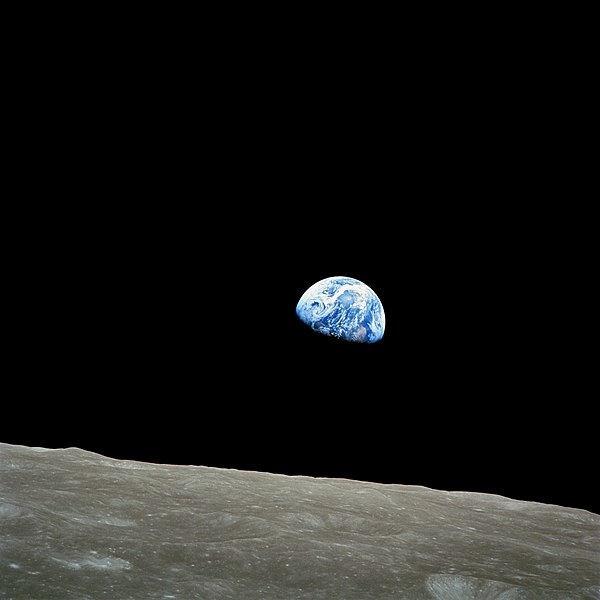
Certain major global catastrophes could cause permanent harm to humanity. A large body of scholarship makes a moral argument for confronting the threat of these catastrophes based on a concern for far future generations. The far future can be defined as anything beyond the next several millennia, including millions or billions of years from now, or even longer. Given the moral principle of caring about everyone equally, including people in the far future, confronting threats of permanent harm should be a major priority. The paper calls this the far future argument.
Practical significance. The far future argument says we should try to confront catastrophic threats in order to benefit
Catastrophe timing. If a catastrophe could occur in the near future, then confronting it will have
Co-benefits and mainstreaming. Co-benefits are other benefits of some action besides the target goal. Actions with the goal of confronting catastrophic threats can have other significant benefits. These other benefits can get people to confront the threats even if they don’t care about the threats, let alone about the far future. Mainstreaming means fitting actions into established goals and procedures. Actions to confront the threats can be mainstreamed into a range of established goals and procedures. This makes it easier for people to take the actions. Actions with large co-benefits that are well mainstreamed will often be the easiest actions to take; these make for a good starting point for confronting the threats. However, some actions require large sacrifice, such that the only people who will take the actions are those who support the far future argument.
Far future as inspiration. Some people do support the far future argument, and more people can be inspired to do so. The far future can provide analytical inspiration, based on the quantitative significance of
Academic citation
Baum, Seth D., 2015. The far future argument for confronting catastrophic threats to humanity: Practical significance and alternatives. Futures, vol. 72 (September), pages 86-96, DOI 10.1016/j.futures.2015.03.001.
Image credit: NASA
This blog post was published on 28 July 2020 as part of a website overhaul and backdated to reflect the time of the publication of the work referenced here.







